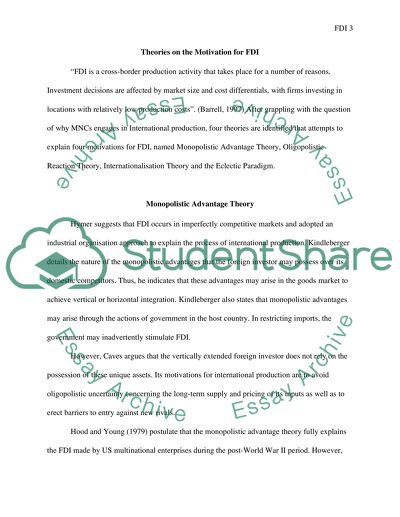Cite this document
(Managing Foreign Direct Investment in a Globalizing Economy Essay, n.d.)
Managing Foreign Direct Investment in a Globalizing Economy Essay. Retrieved from https://studentshare.org/macro-microeconomics/1516038-multinational-corporation
Managing Foreign Direct Investment in a Globalizing Economy Essay. Retrieved from https://studentshare.org/macro-microeconomics/1516038-multinational-corporation
(Managing Foreign Direct Investment in a Globalizing Economy Essay)
Managing Foreign Direct Investment in a Globalizing Economy Essay. https://studentshare.org/macro-microeconomics/1516038-multinational-corporation.
Managing Foreign Direct Investment in a Globalizing Economy Essay. https://studentshare.org/macro-microeconomics/1516038-multinational-corporation.
“Managing Foreign Direct Investment in a Globalizing Economy Essay”, n.d. https://studentshare.org/macro-microeconomics/1516038-multinational-corporation.


